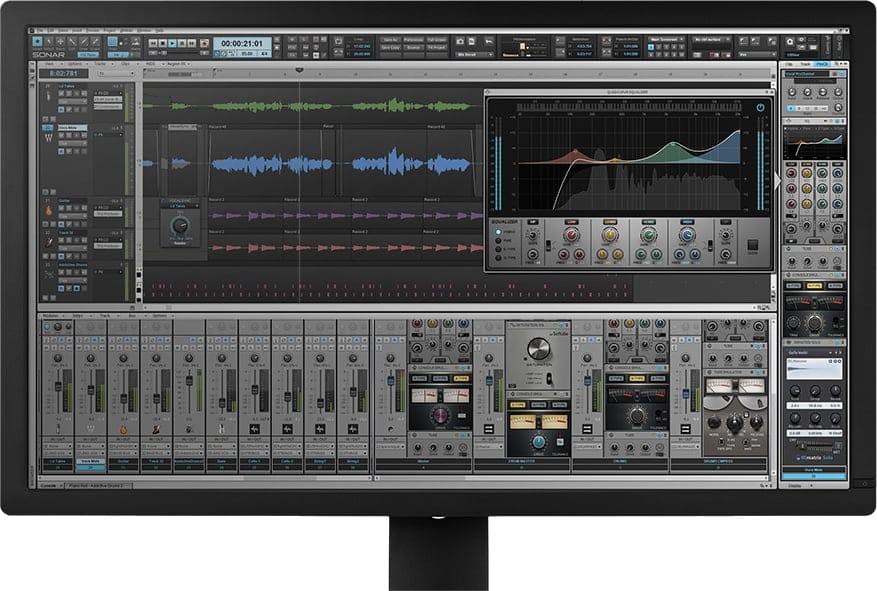

The result of the final function is assigned to the Response property so that the framework or handler can use it when building any response message. The RouteData object gets passed in to each final function, providing it with any context it needs to respond to the request. The RouteData object is an instance of a class implementing the IRouteData interface:īool NoMatchingFinalFunction
Superscribe music software free#
What the engine does provide however is a set of results and flags in the form of the RouteData object that any framework or middleware is free to make use of as it likes. This affords the maximum amount of flexibility, for example although a final function is mandatory when we use the Superscribe Owin Handler, when using Superscribe with Web Api we rely on it's internal pipeline to service the request and route to a controller/action accordingly. It is worth noting that the Route Engine never responds to requests directly, it is up to the framework or handler middleware to perform that task. Var justHelloRoute = new ConstantNode("Hello")
Superscribe music software zip#
Zip function to combine the two 'Hello' nodes into one: The following snippet shows how we can assign one, and demonstrates the behavior of the. This is because the "Hello" node itself does not provide a Final Function, and the Superscribe Handler has no other way of responding to the request. "/Hello" -> 405 - No final function was configured for this method When running using the Superscribe Handler middleware for Owin, the samples above create an app that will respond to '/' and '/Hello/World', but not 'Hello':
Superscribe music software code#
it will combine any equivilent nodes (See the next code block for an example).

Usually - as in most examples on this site - only one is needed (although it is possible to transfer control from one to another when moving between frameworks or application layers). You can have as many instances of IRouteEngine as you like, and they will operate indenpendently. Var engine = OwinRouteEngineFactory.Create() Var engine = RouteEngineFactory.Create() You can obtain an instance using the static factory classes provided, as follows: There are currently two Route Engine implementations, one for WebApi, and one for Owin. Superscribe's features are all accessed via an instance of a class that implements IRouteEngine. As a result, this section should be considered required reading before continuing to the later topics The IRouteEngine interface However, to work with Superscribe effectively and to lessen any learning curves, it is useful to understand what is going on behind the scenes. In practice you won't want to write routes using the Fluent API, as they won't look very nice and will be quite verbose instead you'll be using the simple-syntax wherever possible. Defining routes using superscribe's fluent interface


 0 kommentar(er)
0 kommentar(er)
